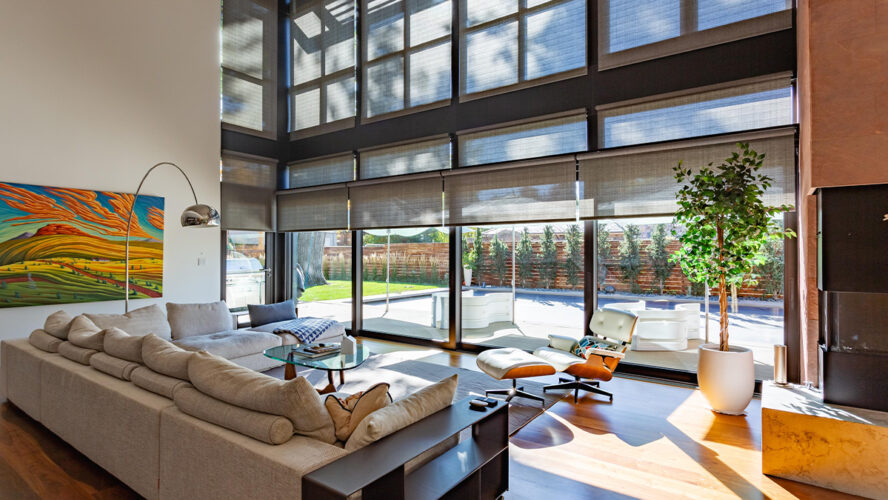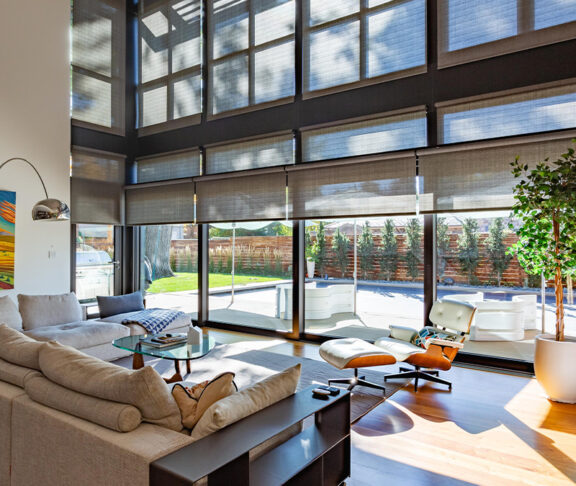Smart home technology has matured from convenience to a key feature. In 2025, the most future-ready homes use connected systems to protect people and property, cut waste, and simplify daily life.

Josh Christian
CEO, Home Technology Association
Begin with a professional-grade home network that fits your needs. Coverage, reliability, and built-in protections are just as important as a speedy connection. A qualified home technology integrator, such as an HTA-certified home technology integrator, can assess your home, recommend the right equipment, and configure it so connected devices work smoothly and stay protected.
Today’s security systems do far more than chirp when a door opens. Security cameras with on-device analytics can tell the difference between a delivery at noon and a stranger at 2 a.m., send useful alerts, and trigger actions such as turning on pathway lights or locking gates. Additionally, monitored life-safety devices, such as smoke and carbon monoxide detectors, provide real help in an emergency. If smoke is detected, heating and cooling can pause to slow smoke spread, hall lights can illuminate to clear a path, and exterior lights can flash to guide first responders. Water-leak sensors paired with an automatic shutoff valve offer inexpensive protection against one of the most common and costly home disasters.
Control is where safety, convenience, and energy savings meet. Scene-based automations tie lighting, shading, climate, and access together. A single “away” command can arm security, lower shades to reduce heat gain, set thermostats back, and cycle selected lights to make the home appear occupied. These small efficiencies add up and happen without daily effort. These time-saving and convenience-enhancing scenes can be activated from a voice command, an elegant wall-mounted keypad, a touchscreen, or a smartphone.
Cyber protection is very important, too. Your home network is now a utility, a conduit for work, school, entertainment, and security. Professional-grade networking components with strong device management and active threat detection help keep data and privacy safer.
Planning your smart home technology
Two helpful resources can jump-start planning. First, download the Home Technology Association’s Project Technology Assessment form. It guides homeowners through options and priorities. If you are building new or doing a major remodel, share it with your architect, builder, or interior designer. Second, when you are ready for expert help, find vetted professionals in your area through the HTA’s directory of certified integrators.
Think of HTA certification like an independent benchmark in other industries. It gives homeowners a way to hire with confidence and reduces the risk of costly do-overs. Future-ready homes are safer, simpler, and smarter when technology is planned with the right partner and the right tools.

